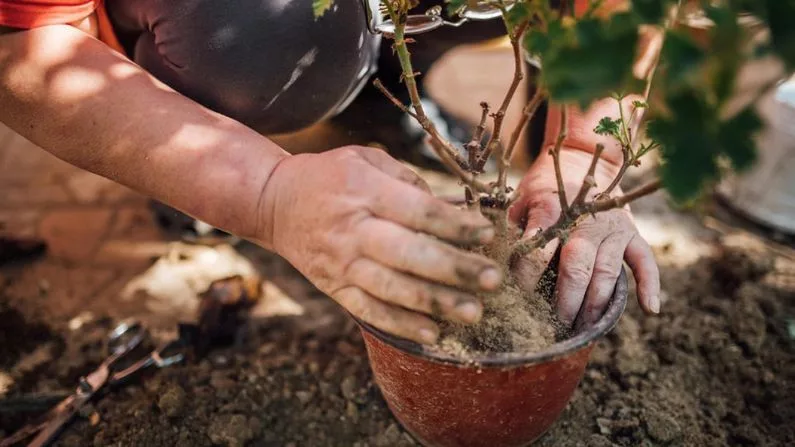This story comes through a content-sharing partnership with Wyoming Public Media.
Decades ago, nobody in central Wyoming would’ve tried planting a redbud or a chinkapin oak. Now, those trees have made it through several long, harsh winters in the Casper area.
It’s one of many examples of how gardening has subtly shifted this century, said Donna Hoffman, master gardener coordinator with the University of Wyoming.
“Because we’re getting to warmer temperatures in the summer, maybe it’s extending the season just long enough for them to store up enough energy to make it through the hard part of our year,” she said.
Recently, the federal government updated a key gardening tool to reflect temperature changes across the country. The Department of Agriculture’s new “plant hardiness zone map” measures the ability of plants to survive cold temperatures. It’s a common tool that gardeners and horticulturists can use to decide what to grow.
The new map is about 2.5 degrees warmer than the most recent 2012 version, though exact shifts depend on your location. Many of the more prominent changes occurred in low-lying parts of the U.S., but temperatures have been increasing in the Northern Rockies, too.
In Wyoming, Hoffman said this shows how human-caused climate change is affecting people on the ground. She expects her office to try to grow some nut and fruit trees in the near future.
“We’re able to grow some crops that maybe we wouldn’t be able to grow with if we were talking 50 years ago. But the long-term repercussions of those changes, I don’t think we fully understand,” Hoffman said. “Sometimes I don’t think we do all we can to minimize [the changes] for the generations to come that we hope will be gardeners as well.”
Of course, the Mountain West remains a harsh area that is challenging for plants to survive in. Gardeners need to factor in soil health, elevation, water availability and light exposure.
Helen Coates, president of the Laramie Garden Club in Wyoming, said a particular challenge is the prevalence of extreme temperature shifts and weather, which may happen more frequently in coming decades.
“Our extreme weather events – such as snow storms in June, hail storms, drought [and] wind – I think are going to have a lot more difference than a slight shift in the overall average climate thing for us,” she said. “We need to be cautious because the extreme weather events may counterbalance the general warming.”
She thinks the USDA’s map is still helpful to track general trends, but advises beginning gardeners to consult local clubs before buying new expensive plants. The map is available online, and several tips about soil health, weeds and other factors accompany its webpage.







